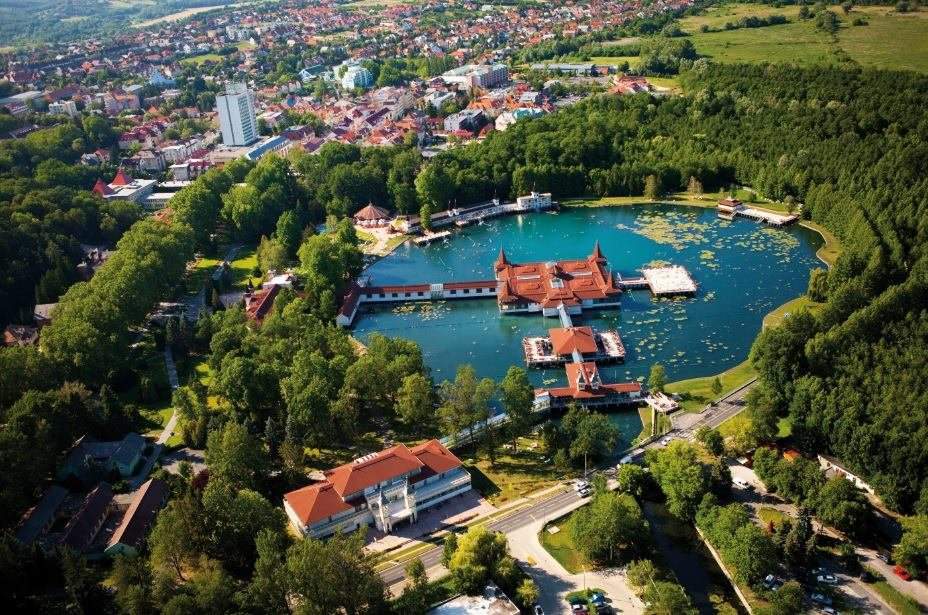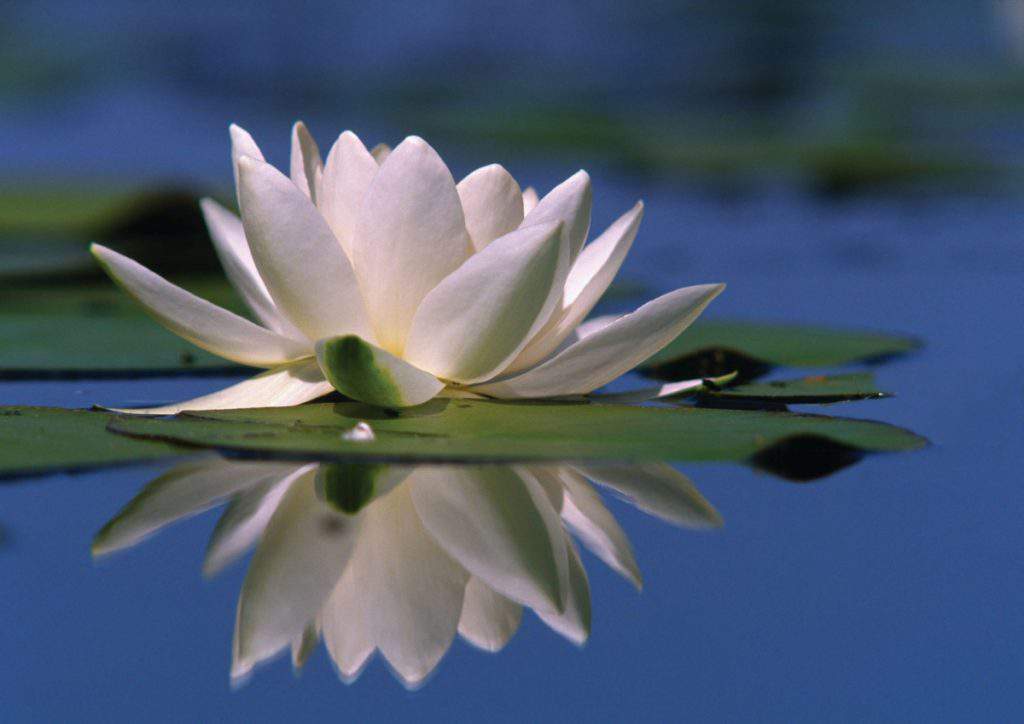No wonder: Hévíz is one of the most attractive destinations in Hungary

Water-lilies, steaming water even in winter, bathers swimming with joy, and characteristic buildings. This is the typical image pictured by the postcards coming from Hévíz in the past hundred years. According to these pictures, the huge bathing culture was already present at the beginning of the 1900s. Origo.hu has explored Hévíz to find out what more the town can offer beyond its wonderful bath.
Of course, everyone who visits the town starts the tour with the Thermal Lake of Hévíz. This is the biggest curative, thermal lake of Europe. From a bird’s eye view, this 4.5-hectare-big lake reminds the viewer of an enormous raindrop. It used to be a dangerous swamp, thanks to which the lake has both cold and hot springs. This results in the attractive feature of the bath that the 38-degree-hot water does not fall under 20-22 degrees in the coldest weather either. Thus, the bathing season never ends – not even in autumn or winter.

Source: Facebook / Hévíz
Indian water-lilies are just fine here
All the brochures of Hévíz must contain at least one photo of the wonderful water-lilies, which became the symbol of Hévíz. They are called nymphaea. They are also part of the town’s coat of arms. Sándor Lovassy, professor of Keszthely’s Academy of Economics naturalized them in 1898. These flowers came from India. The water-lilies are protected, they flourish from spring until the end of autumn. Their huge leafs moderate the lake’s steaming, while their runners protect the mud in the deep.

Source: heviz.hu
Bathers can smear the mud on their body, which not only cures them but also makes them more beautiful – allegedly. The medicinal water rich in minerals and the mud are said to heal locomotor disorder and rheumatic diseases successfully.
What is beyond the bath?
If you have the opportunity, you must go biking in this beautiful environment. There are bikes to rent on four points of the town. The name of this bicycle-sharing system is HeBi and people are allowed to use these professional bikes just for a 3.2 EUR caution money. If you are not fond of sports, you can try Dotto, the road train of the town. The train does its sightseeing tour from April until October and takes people to the wine taverns of Egregy.
Egregy introduces wonderful terraces, wines, tasty dishes and a beautiful panorama. It was also known by the Romans, as it is near the ancient Amber Road that used to connect the Adriatic Sea with the Baltic region. However, in addition to amber, people used to transport wine on this road, thanks to which viniculture and wine-making spread in the region of Hévíz. Traditionally, it is a region of white wines. Their main types are Welschriesling, Pinot Gris, Müller-Thurgau and Grüner Veltliner.

Source: heviz.hu
Good wines require tasty dishes. Some specialities of the region worth trying are the fumu and the plutyka. Fumu sounds like a Japanese dish, but it is in fact a milk loaf with the shape of a doll. Plutyka is the local name of the boiled savoy cabbage, but tourists can also choose from a rich variety of dishes like cabbage with beans, “gombuca” with sour cream (noodle-like dish) and, of course, the zander of Balaton.
In addition to the bigger festivals in the weekends, weekly farmer’s market, folklore programs, musical and folk dance events await the tourists visiting Hévíz in the summer.
Featured image: Facebook / Hévízi Tófürdő
Ce: bm
Source: origo.hu

